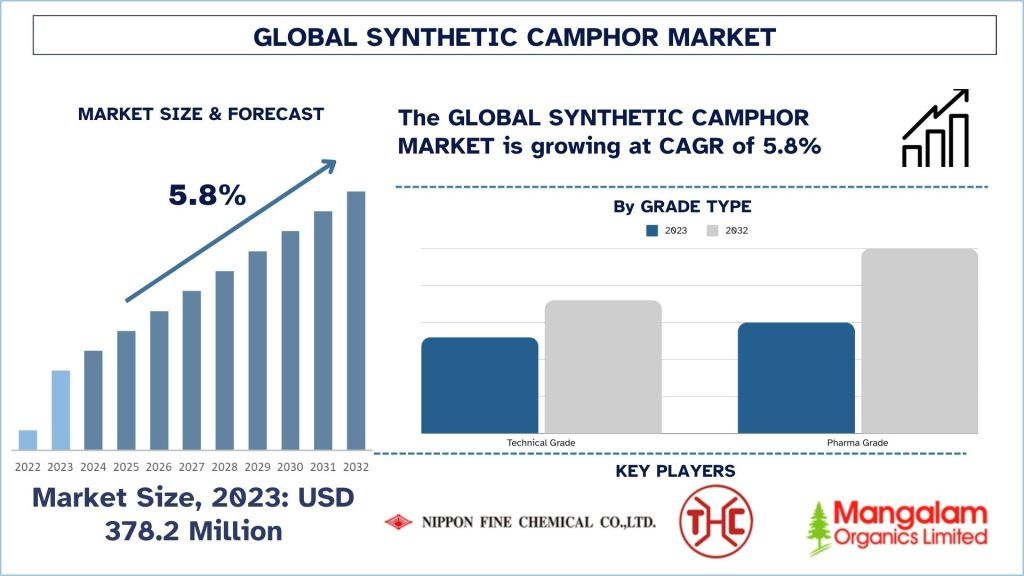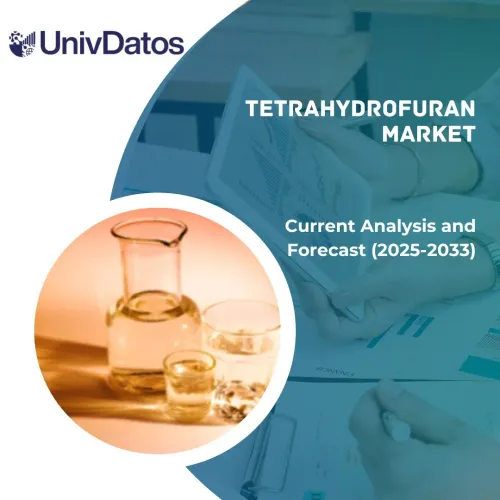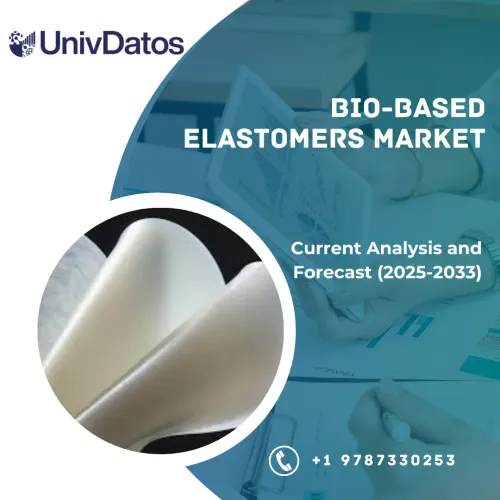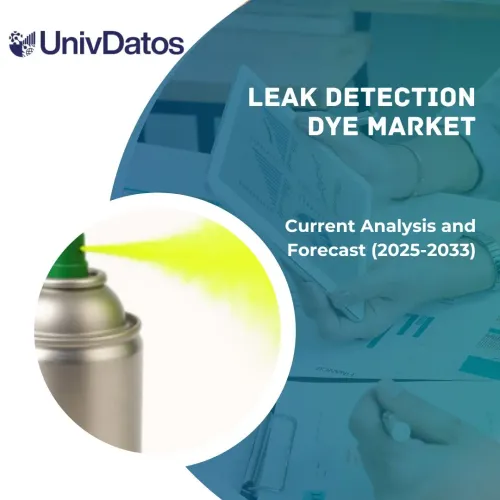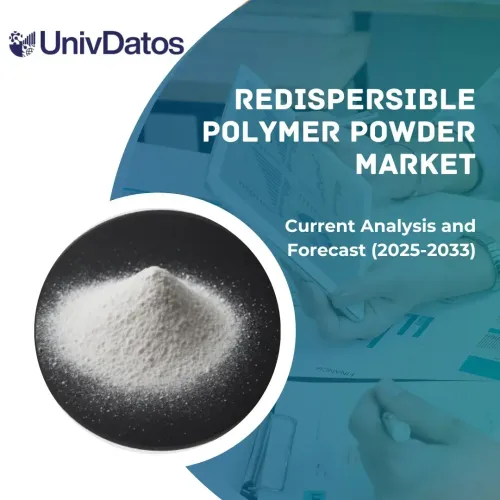- Home
- About Us
- Industry
- Services
- Reading
- Contact Us
Synthetic Camphor Market: Current Analysis and Forecast (2024-2032)
Emphasis on Grade Type (Technical Grade, and Pharma Grade); Application (Pharmaceuticals, Personal Care, Plasticizer, Flavour & Fragrance, and Others); Region/Country.
Synthetic Camphor Market Size & Forecast
The Synthetic Camphor Market was valued at USD 378.2 Million in 2023 and is expected to grow at a strong CAGR of around 5.8% during the forecast period (2024-2032) owing to rising usage in pharmaceutical companies.
Synthetic Camphor Market Analysis
Synthetic camphor, a derivative of turpentine oil or obtained synthetically from pinene, is widely used in various industries such as pharmaceuticals, food, and cosmetics. It serves as a key ingredient in the manufacturing of medicines, ointments, and topical analgesics due to its soothing and cooling properties. Additionally, it finds applications in the fragrance industry, where it contributes a distinct aroma to products like perfumes and toiletries. The market for synthetic camphor is influenced by factors such as increasing demand for personal care products, pharmaceutical advancements, and the expanding food and beverage sector.
The Synthetic Camphor Market faces both opportunities and challenges. On one hand, the rising consumer preference for natural ingredients in products could pose a challenge, prompting manufacturers to innovate with sustainable sourcing and production methods. Regulatory scrutiny regarding the safety and purity of synthetic camphor in various applications also impacts market dynamics. For instance – In the European Union (EU), regulatory authorities have implemented strict policies under the Registration, Evaluation, Authorization, and Restriction of Chemicals (REACH) regulation for chemicals, including synthetic camphor. The REACH regulation mandates companies to assess and manage the risks associated with chemicals they manufacture and market in the EU. This includes synthetic camphor used in pharmaceuticals, cosmetics, and other products. Compliance with REACH requirements ensures that synthetic camphor meets stringent safety and environmental standards, thereby influencing market access and product development.
Looking ahead, the Synthetic Camphor Market is poised for growth driven by expanding applications in the pharmaceuticals, personal care, and food industries. Innovations in production techniques to enhance purity and sustainability will be pivotal. Companies are likely to focus on diversifying their product portfolios and expanding into emerging markets to capitalize on growing consumer demand. Collaboration with regulatory bodies to ensure compliance and build consumer trust will also be essential. Furthermore, educating consumers about the benefits and safety of synthetic camphor compared to natural alternatives will play a vital role in shaping market perceptions and driving adoption. By leveraging these strategies, stakeholders can navigate challenges and unlock new opportunities in the evolving Synthetic Camphor Market.
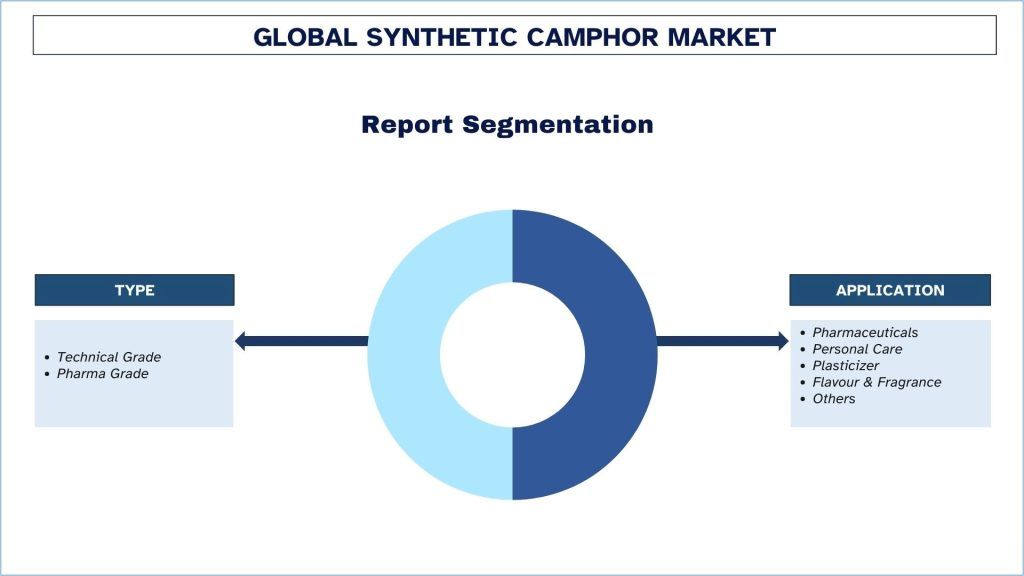
Synthetic Camphor Market Trends
This section discusses the key market trends that are influencing the various segments of the Synthetic Camphor Market as identified by our team of research experts.
Increasing Demand in Pharmaceuticals:
Synthetic camphor is widely used in the pharmaceutical industry due to its medicinal properties. It is an essential component in various medical formulations, including antiseptics, topical analgesics, and anti-inflammatory medications. The growing prevalence of health conditions requiring these treatments is driving the demand for synthetic camphor.
Example: The global rise in arthritis cases has significantly boosted the demand for topical analgesics containing synthetic camphor. Companies like IcyHot and Bengay utilize synthetic camphor in their products to provide pain relief for conditions such as arthritis and muscle soreness. As the population ages and the incidence of chronic pain conditions increases, the demand for these camphor-based products continues to grow.
Expansion in Personal Care and Cosmetics Industry:
Synthetic camphor is a vital ingredient in many personal care and cosmetic products due to its cooling sensation and fragrant properties. It is commonly found in skin lotions, deodorants, and hair care formulations. The increasing consumer awareness and preference for grooming and personal care products have driven the demand for synthetic camphor in this industry.
Example: In the cosmetics industry, brands like L’Oréal and Nivea have incorporated synthetic camphor into their skincare and haircare products. For instance, Nivea’s Cool Kick Deodorant uses synthetic camphor to provide a refreshing and cooling effect, appealing to consumers in hot and humid climates. The growing global emphasis on personal grooming and hygiene has led to increased sales of such products, thus driving the Synthetic Camphor Market.

APAC is Expected to Grow with Significant CAGR During Forecast Period
The Asia-Pacific (APAC) region is a key driver in the Synthetic Camphor Market, fueled by rapid industrialization, urbanization, and emerging economies. the region benefits from a rapidly expanding industrial base, particularly in countries like China, India, and Japan, where synthetic camphor finds extensive use across pharmaceuticals, chemicals, and food industries. Furthermore, the pharmaceutical sector in APAC is experiencing significant growth, with synthetic camphor being a vital ingredient in various medicinal products due to its therapeutic properties. The increasing demand for personal care products further enhances the market, as synthetic camphor is used in cosmetics and toiletries. Moreover, favorable government initiatives and policies supporting industrial growth and innovation contribute to the thriving market for synthetic camphor in the APAC region.
Synthetic Camphor Industry Overview
The Synthetic Camphor Market is competitive and fragmented, with the presence of several global and international market players. The key players are adopting different growth strategies to enhance their market presence, such as partnerships, agreements, collaborations, new product launches, geographical expansions, and mergers and acquisitions. Some of the major players operating in the market include Merck KGaA, Nippon Fine Chemical Co., Ltd., Mangalam Organics Limited, Suzhou Youhe Science and Technology Co., Ltd., Saptagir Camphor Limited, Oriental Aromatics Limited, Wuzhou Huangpu Chemical Pharmaceutical Co., Ltd., Kanchi Karpooram Limited, Taiwan Tekho Camphor Co. Ltd., and Spectrum Chemical Manufacturing Corp.
Synthetic Camphor Market News
- April 2024, The European Union has introduced new regulations that tighten restrictions on the use of certain camphor derivatives (4-Methylbenzylidene Camphor (4-MBC)) in cosmetics. These changes are expected to impact market dynamics, pushing companies to innovate and comply with the new standards. According to European Commission, From 1 May 2025 products containing that substance shall not be placed on the Union market. From 1 May 2026 cosmetic products containing that substance shall not be made available on the Union market.
Synthetic Camphor Market Report Coverage
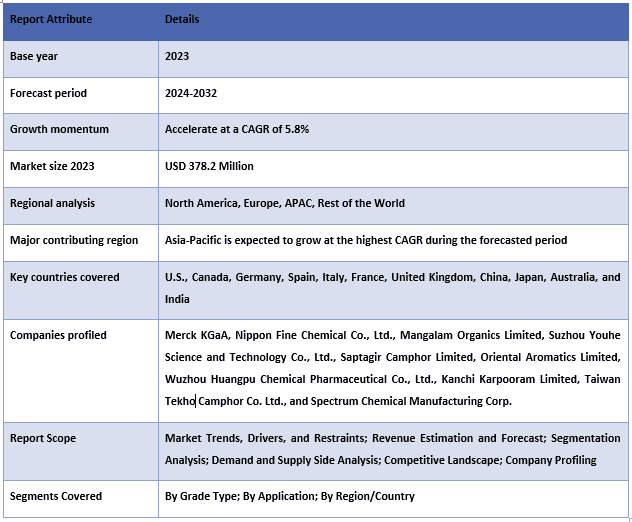
Reasons to buy this report:
- The study includes market sizing and forecasting analysis validated by authenticated key industry experts.
- The report presents a quick review of overall industry performance at one glance.
- The report covers an in-depth analysis of prominent industry peers with a primary focus on key business financials, product portfolios, expansion strategies, and recent developments.
- Detailed examination of drivers, restraints, key trends, and opportunities prevailing in the industry.
- The study comprehensively covers the market across different segments.
- Deep dive regional level analysis of the industry.
Customization Options:
The Global Synthetic Camphor Market can further be customized as per the requirement or any other market segment. Besides this, UMI understands that you may have your own business needs, hence feel free to contact us to get a report that completely suits your requirements.
Table of Content
Research Methodology for the Synthetic Camphor Market Analysis (2024-2032)
Analyzing the historical market, estimating the current market, and forecasting the future market of global Synthetic Camphor were the three major steps undertaken to create and explore the adoption of Synthetic Camphor in major regions globally. Exhaustive secondary research was conducted to collect the historical market numbers and estimate the current market size. Secondly, numerous findings and assumptions were taken into consideration to validate these insights. Moreover, exhaustive primary interviews were also conducted with industry experts across the value chain of the Global Synthetic Camphor Market. Post assumption and validation of market numbers through primary interviews, we employed a top-down/bottom-up approach to forecasting the complete market size. Thereafter, market breakdown and data triangulation methods were adopted to estimate and analyze the market size of segments and sub-segments of the industry. Detailed methodology is explained below:
Analysis of Historical Market Size
Step 1: In-Depth Study of Secondary Sources:
Detail secondary study was conducted to obtain the historical market size of Synthetic Camphor through company internal sources such as annual reports & financial statements, performance presentations, press releases, etc., and external sources including journals, news & articles, government publications, competitor publications, sector reports, third-party database, and other credible publications.
Step 2: Market Segmentation:
After obtaining the historical market size of Synthetic Camphor, we conducted a detailed secondary analysis to gather historical market insights and share for different segments and sub-segments for major regions. Major segments are included in the report, such as grade type and application. Further country-level analyses were conducted to evaluate the overall adoption of testing models in that region.
Step 3: Factor Analysis:
After acquiring the historical market size of different segments and sub-segments, we conducted a detailed factor analysis to estimate the current market size of Synthetic Camphor. Further, we conducted factor analysis using dependent and independent variables such as Grade type and application of Synthetic Camphor Market. A thorough analysis was conducted of demand and supply-side scenarios considering top partnerships, mergers and acquisitions, business expansion, and product launches in the Synthetic Camphor sector across the globe.
Current Market Size Estimate & Forecast
Current Market Sizing: Based on actionable insights from the above 3 steps, we arrived at the current market size, key players in the global Synthetic Camphor Market, and market shares of the segments. All the required percentage shares split, and market breakdowns were determined using the above-mentioned secondary approach and were verified through primary interviews.
Estimation & Forecasting: For market estimation and forecast, weights were assigned to different factors including drivers & trends, restraints, and opportunities available for the stakeholders. After analyzing these factors, relevant forecasting techniques i.e., the top-down/bottom-up approach were applied to arrive at the market forecast for 2032 for different segments and sub-segments across the major markets globally. The research methodology adopted to estimate the market size encompasses:
- The industry’s market size, in terms of revenue (USD) and the adoption rate of the Synthetic Camphor across the major markets domestically
- All percentage shares, splits, and breakdowns of market segments and sub-segments
- Key players in the Global Synthetic Camphor Market in terms of products offered. Also, the growth strategies adopted by these players to compete in the fast-growing market
Market Size and Share Validation
Primary Research: In-depth interviews were conducted with the Key Opinion Leaders (KOLs) including Top Level Executives (CXO/VPs, Sales Head, Marketing Head, Operational Head, Regional Head, Country Head, etc.) across major regions. Primary research findings were then summarized, and statistical analysis was performed to prove the stated hypothesis. Inputs from primary research were consolidated with secondary findings, hence turning information into actionable insights.
Split of Primary Participants in Different Regions
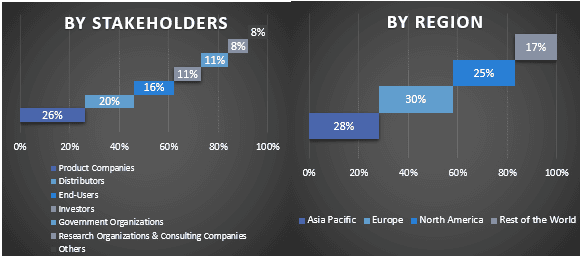
Market Engineering
The data triangulation technique was employed to complete the overall market estimation and to arrive at precise statistical numbers for each segment and sub-segment of the Global Synthetic Camphor Market. Data was split into several segments & sub-segments post studying various parameters and trends in the areas of Grade type and application in the Global Synthetic Camphor Market.
The main objective of the Global Synthetic Camphor Market Study
The current & future market trends of the Global Synthetic Camphor Market were pinpointed in the study. Investors can gain strategic insights to base their discretion for investments on the qualitative and quantitative analysis performed in the study. Current and future market trends determined the overall attractiveness of the market at a regional level, providing a platform for the industrial participant to exploit the untapped market to benefit from a first-mover advantage. Other quantitative goals of the studies include:
- Analyze the current and forecast market size of Synthetic Camphor industry in terms of value (USD). Also, analyze the current and forecast market size of different segments and sub-segments
- Segments in the study include areas of Grade type and application
- Define and analysis of the regulatory framework for the Synthetic Camphor industry
- Analyze the value chain involved with the presence of various intermediaries, along with analyzing customer and competitor behaviors of the industry
- Analyze the current and forecast market size of the Synthetic Camphor Market for the major region
- Major countries of regions studied in the report include Asia Pacific, Europe, North America, and the Rest of the World
- Company profiles of the Synthetic Camphor Market and the growth strategies adopted by the market players to sustain in the fast-growing market
- Deep dive regional level analysis of the industry.
Frequently Asked Questions FAQs
Q1: What is the current market size and growth potential of the Synthetic Camphor market?
Q2: What are the driving factors for the growth of the Synthetic Camphor market?
Q3: Which segment has the largest share in the Synthetic Camphor market by Application?
Q4: What are the emerging technologies and trends in the Synthetic Camphor market?
Q5: Which region will dominate in the Synthetic Camphor market?
Related Reports
Customers who bought this item also bought

